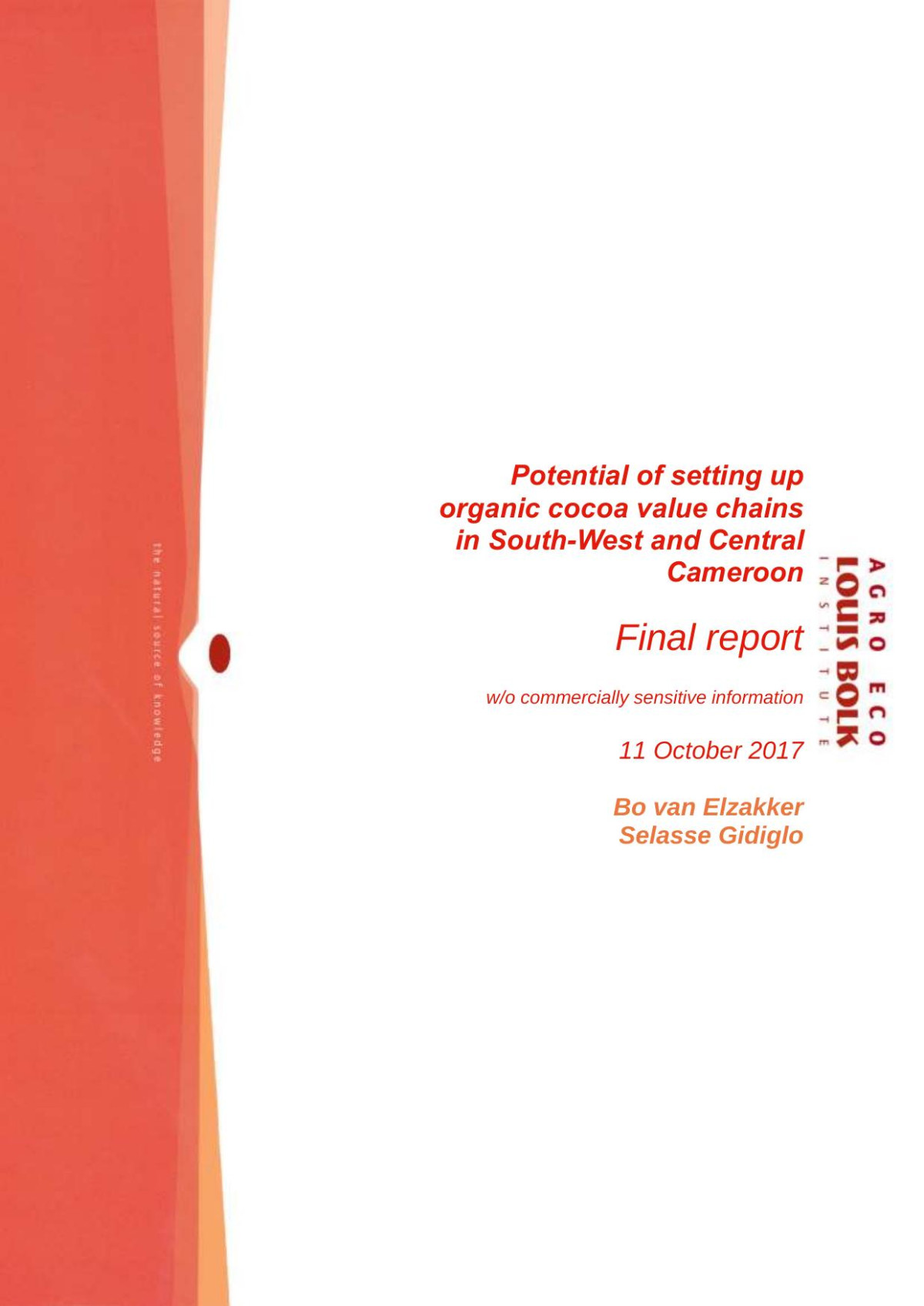

Most ebook files are in PDF format, so you can easily read them using various software such as Foxit Reader or directly on the Google Chrome browser.
Some ebook files are released by publishers in other formats such as .awz, .mobi, .epub, .fb2, etc. You may need to install specific software to read these formats on mobile/PC, such as Calibre.
Please read the tutorial at this link: https://ebookbell.com/faq
We offer FREE conversion to the popular formats you request; however, this may take some time. Therefore, right after payment, please email us, and we will try to provide the service as quickly as possible.
For some exceptional file formats or broken links (if any), please refrain from opening any disputes. Instead, email us first, and we will try to assist within a maximum of 6 hours.
EbookBell Team

4.1
10 reviewsCocoa was introduced in the coastal zone of Cameroon in 1892, from South America. Numbers vary depending on the source but the Cameroonian cocoa belt represents at least 1/3 of the total cultivated soil in the country, an estimated 450,000 hectares. The cocoa sector has around 500,000 cocoa producers, and involves 5 million people living directly or indirectly from the cocoa economy.
Production since 2012 is 250-270.000 tons/annum. Cameroon is the world’s fourth cocoa producer after Cote d’ Ivoire, Ghana and Indonesia. Cocoa is the major agricultural export crop, accounting for 15 to 20% of non-oil exports. It exports predominantly (85%) to Europe and 3⁄4 of that goes to the Netherlands. Olam, Cargill and Callebaut are the dominating exporters. These buyers-grinders are investing upstream in their own local buying agencies (LBAs). There are some smaller exporters.
Cocoa is grown in two zones. The coastal zone extends from the area around mount Cameroon to Kribe. The main annual rainfall pattern is between 2.000mm to 5.000mm. Due to their volcanic nature, soils are very rich. The second area covers the Centre, South and Eastern provinces. The mean annual rainfall is between 1.500mm and 2.000mm.
The cocoa sector was liberalised in 1991-94. It resulted in the collapse of the cooperative system, for collection, but also the marketing structure. The private sector has largely taken over, they are supplying farmers with inputs and credits, they have the means of transport, holding the farmers at ransom during harvest. Education and training levels of farmers is low, farm maintenance is poor.